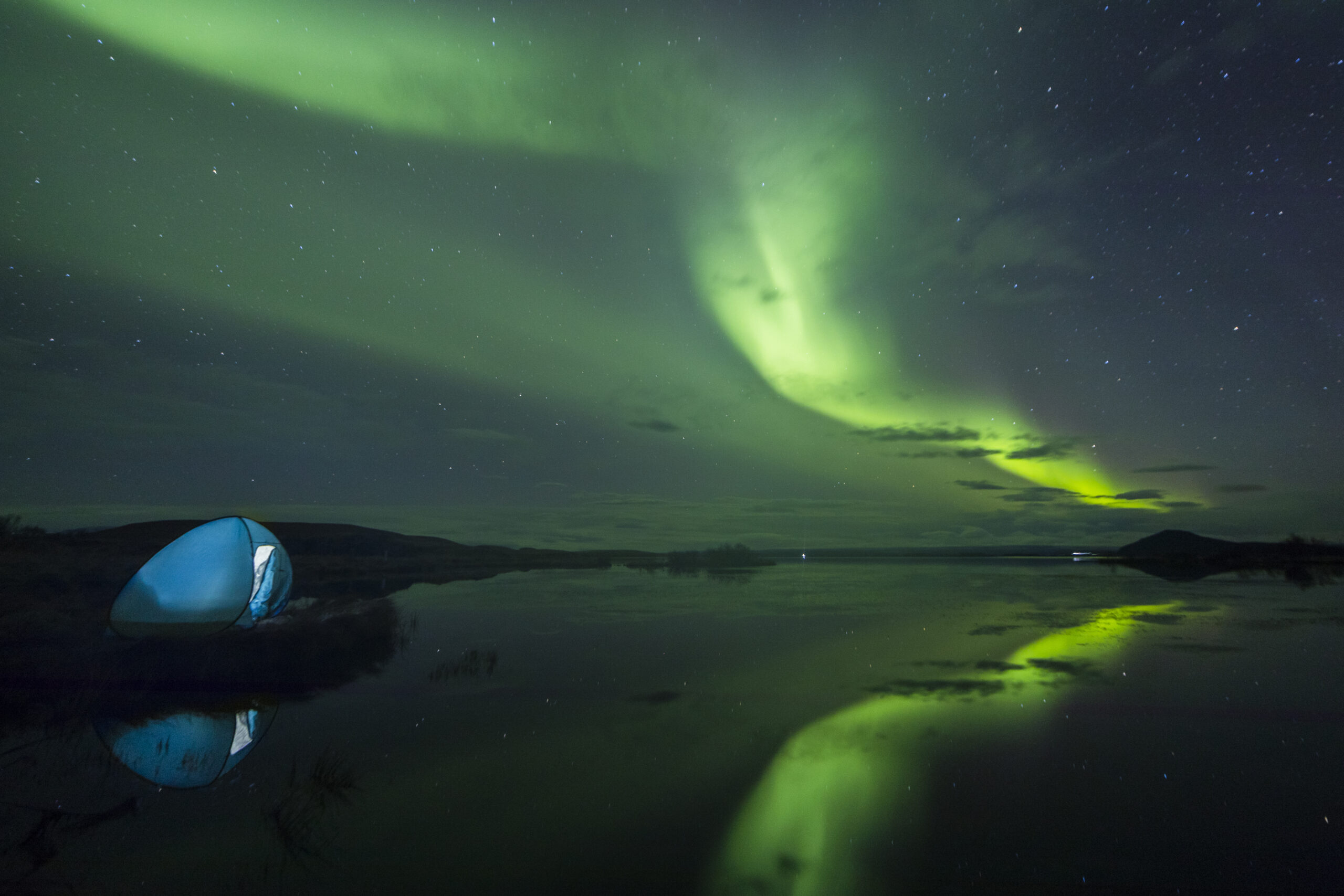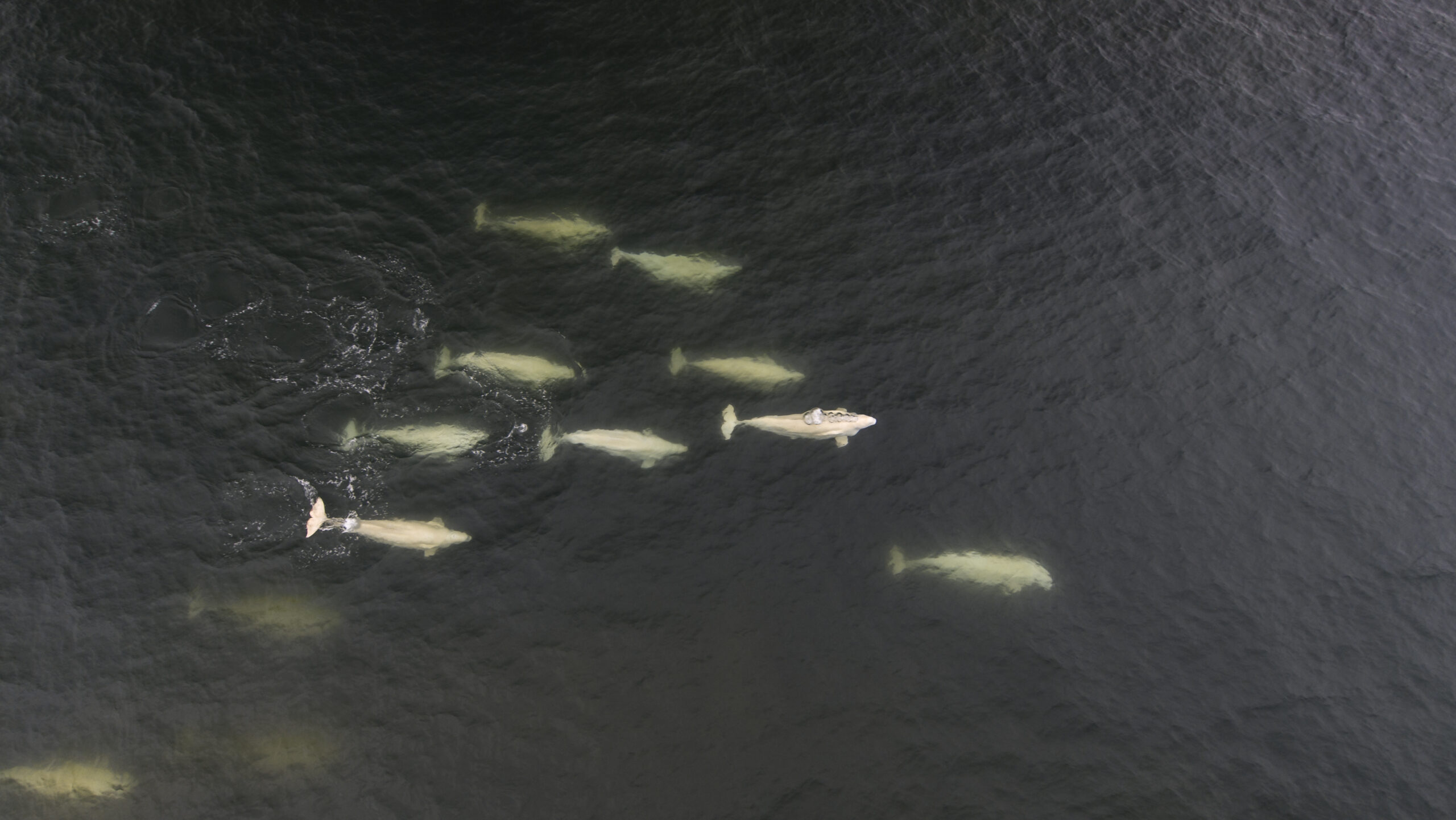Once August comes around in Alaska folks start to notice that the nights become increasing longer and welcome back the sights and awe of the Aurora Borealis. The Northern Lights shine during all the seasons, and due to the long summertime hours and midnight sun, you can best observe them from August till April in Alaska. These lights put on magnificent displays of greens, pinks, violets, and whites that dance through the sky as the magnetic field of the Earth interacts with solar flares from the sun.
Blinded by the Light
This natural phenomenon entrances and captivates many who enjoy the chance to observe them. August is also the month that whale migration is at it’s peak. Thousands of whales travel to the waters of Alaska in the summer months to gorge on abundant food sources and breeding. Recently it has come to the attention of scientists and reported in the journal, Current Biology, that if a solar flare is large enough and the display bright enough, it can disorient whales and set them off their normal course.
Whale GPS
Gray whales have displayed characteristics of magnetoreception; a sense which allows an organism to detect the Earth’s magnetic field. Scientists believe that they use the magnetic fields to help them navigate the oceans to and from the cold waters of Alaska and warmer tropical ocean areas. Since they are so close to these magnetic pulses, scientists can’t quite tell if its the Atmospheric Radio Frequency noise or the bright lights that erupt from the larger solar flares that disorient the Grey Whales. Or maybe it’s both.
Raising Atmospheric Radio Frequencies
When these Grey Whales got disoriented they found that on the larger solar flare days the whales could stray as much as double the amount they normally might. And, on the days that the Atmospheric Radio Frequency was raised, the whales could strand up to four times the length! To put it into perspective, a Grey Whale travels approximately 75 miles in the ocean a day during migration season. So that would be a pretty big U-turn.


Stranded by Solar Storms
So there is some correlation to the solar flares and the Atmospheric Radio Frequency noise that disrupts the Grey Whales migration. Yet when observed, days there was less deviation from the sun spots there were very few strandings that occurred. Once scientist were able to connect the dots between solar storms and their ability to produce high amounts of radio-frequency noise, it made sense that it would be disrupting whale’s magnetic orientation.
The Whale and Borealis Connection
What was once a phenomenon, now has some hints to what the correlation and causation may be for the whales and the Northern Lights. Researchers have even been able to connect some pieces on other species of whales and mysterious strandings from the past. This research and exploration is still in process for many researchers and scientists.
So if you get the chance to see the Northern Lights, wish the whales well on their travels and a safe journey in their deviations.






